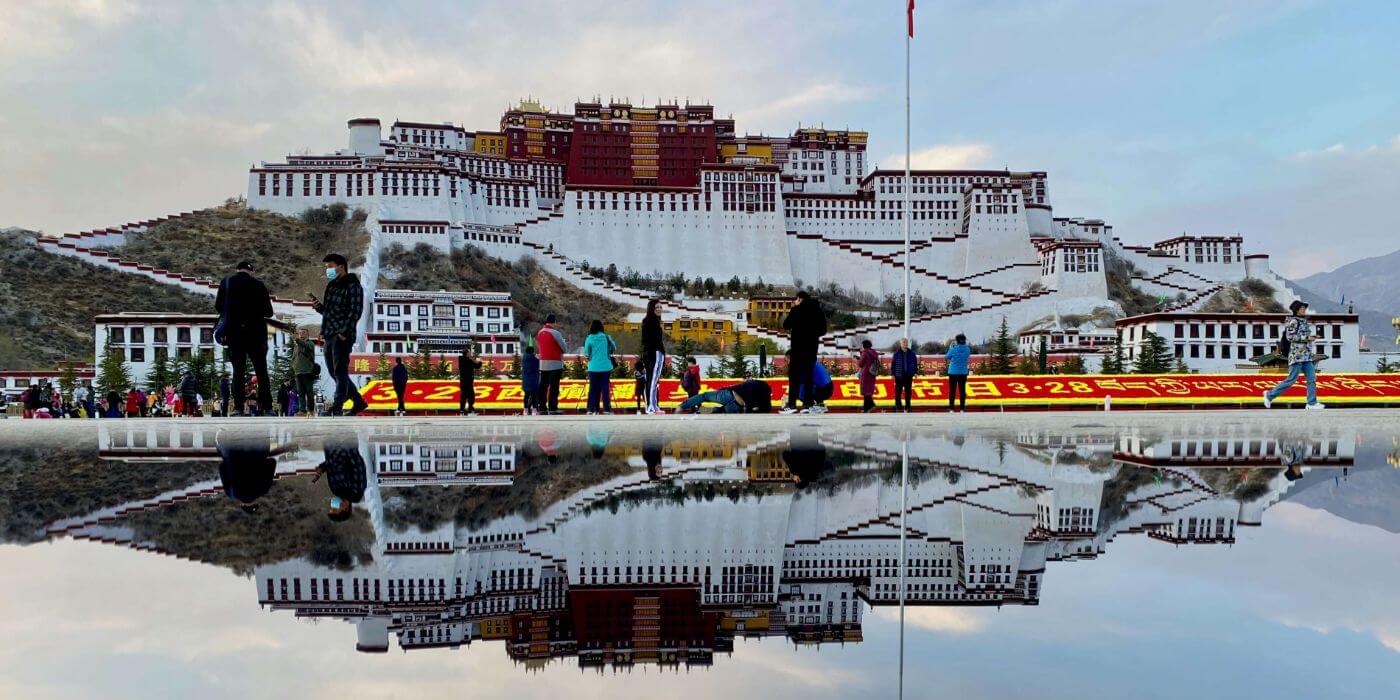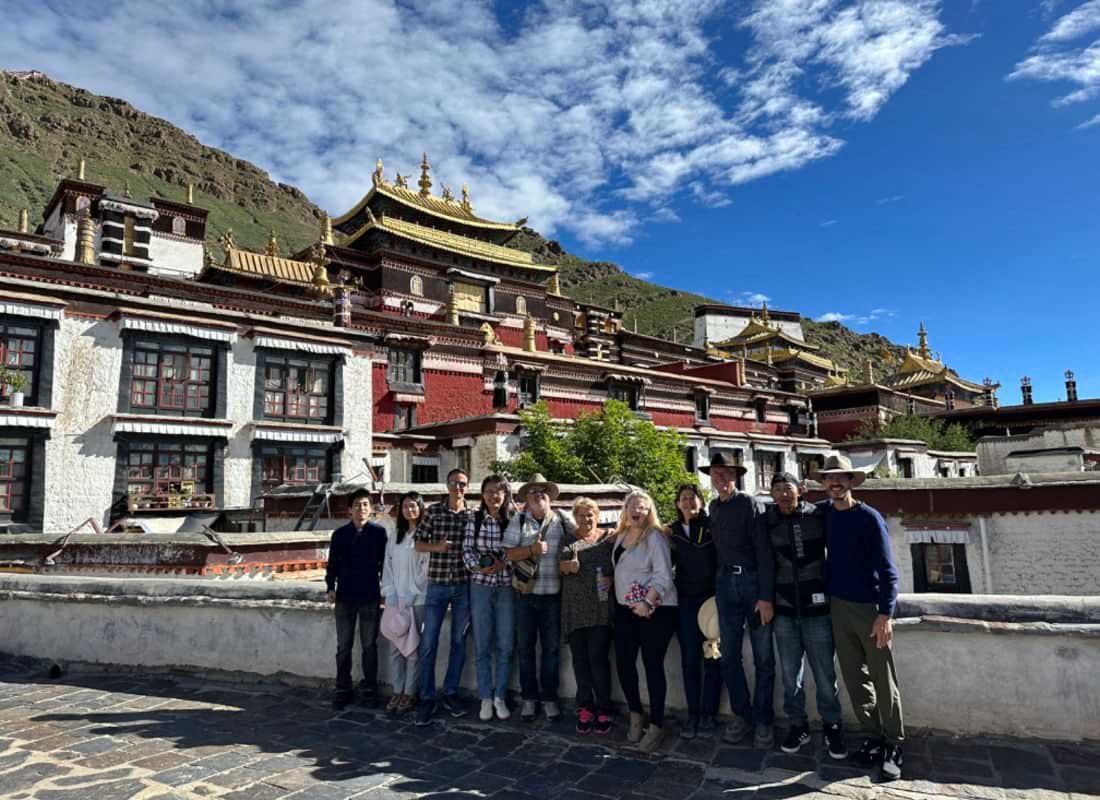Nestled high in the Himalayas, Tibet remains one of the most mystical and enchanting destinations on Earth. For those seeking to experience the spiritual heart of this unique region, a Tibet Lhasa Tour 4 Days offers an ideal introduction. This journey not only promises breathtaking landscapes but also a deep dive into the rich cultural tapestry of Tibet. With Experience Tibet, you can rest assured that your adventure will be meticulously planned and unforgettable.

Day 1: Arrival in Lhasa – Gateway to the Himalayas
As your plane descends into Lhasa, the capital city of Tibet, you’ll be greeted by the awe-inspiring sight of the snow-capped peaks of the Himalayas. The adventure begins as soon as you land at Lhasa Gonggar Airport. Upon arrival, you’ll be welcomed by a representative from Experience Tibet who will assist with your transfer to your hotel.
Lhasa, sitting at an altitude of 3,650 meters (11,975 feet), requires some time for acclimatization. The first day is thus dedicated to rest and light exploration. Take a leisurely walk around Barkhor Street, a bustling market area surrounding the sacred Jokhang Temple. This initial immersion into the local atmosphere allows you to adjust to the high altitude while soaking in the vibrant Tibetan culture.
Day 2: Potala Palace and Jokhang Temple – Icons of Tibetan Buddhism
The second day of the Tibet Lhasa Tour 4 Days is devoted to exploring two of Lhasa’s most iconic landmarks: Potala Palace and Jokhang Temple.
Potala Palace, a UNESCO World Heritage site, is a symbol of Tibetan Buddhism and the former winter residence of the Dalai Lamas. The palace’s grandeur is matched only by its historical significance. As you wander through its many rooms, chapels, and halls, you’ll encounter ancient scriptures, intricate murals, and golden stupas. The panoramic view from the top is a reward in itself, offering a breathtaking perspective of Lhasa and its surrounding landscape.
This sacred temple, built in the 7th century, houses the revered statue of Jowo Shakyamuni, believed to be crafted during the Buddha’s lifetime. Join the throngs of pilgrims who come from all corners of Tibet to prostrate and pray, experiencing a deeply spiritual atmosphere that transcends centuries.

Day 3: Sera Monastery and Norbulingka – A Glimpse into Monastic Life
Day three offers a chance to delve deeper into the religious and cultural life of Tibet with visits to Sera Monastery and Norbulingka.
Sera Monastery, one of the great Gelugpa monasteries, is renowned for its lively debates among monks, which take place in the debating courtyard. These debates are a fascinating aspect of Tibetan monastic education, showcasing the monks’ rigorous training in Buddhist philosophy. As you walk through the monastery’s halls, you’ll witness monks engrossed in prayer and study, providing an authentic glimpse into their daily lives.
In the afternoon, head to Norbulingka, the former summer palace of the Dalai Lamas. This beautifully landscaped park and palace complex is a serene retreat where you can stroll among trees, flowers, and ornate pavilions. The tranquil environment of Norbulingka offers a perfect counterbalance to the spiritual intensity of the previous days, allowing for quiet reflection and appreciation of Tibetan artistry.
Day 4: Departure – Carrying Tibet in Your Heart
On the final day of your Tibet Lhasa Tour 4 Days, you’ll have some free time for last-minute exploration or shopping. Visit local markets to purchase traditional Tibetan crafts, prayer flags, or Thangka paintings as souvenirs of your journey.
As you prepare to leave Lhasa, you’ll carry with you not just memories but a deep sense of connection to the spiritual and cultural heritage of Tibet. Your experience with Experience Tibet ensures that every moment, from the grand to the intimate, is infused with the essence of this remarkable land.
Why Choose Experience Tibet?
Choosing Experience Tibet for your Travel to Lhasa means more than just a well-organized tour. It’s about engaging with a team dedicated to providing authentic, respectful, and enriching experiences. Our knowledgeable guides, comfortable accommodations, and carefully curated itineraries are designed to offer you a seamless and deeply rewarding journey.
Whether you are a solo traveler, a couple, or part of a group, we cater to your specific needs and preferences, ensuring that your trip is personalized and memorable. Our commitment to sustainable tourism also means that your travel contributes positively to the local community and environment.
Conclusion
A Tibet Lhasa Tour 4 Days is more than a holiday; it’s an odyssey into one of the world’s most spiritual and captivating regions. With Experience Tibet, you can explore ancient monasteries, witness vibrant cultural practices, and immerse yourself in the serene beauty of the Himalayas. As you travel to Lhasa, you’ll not only discover a new world but also gain a profound understanding of the timeless spirit of Tibet.







